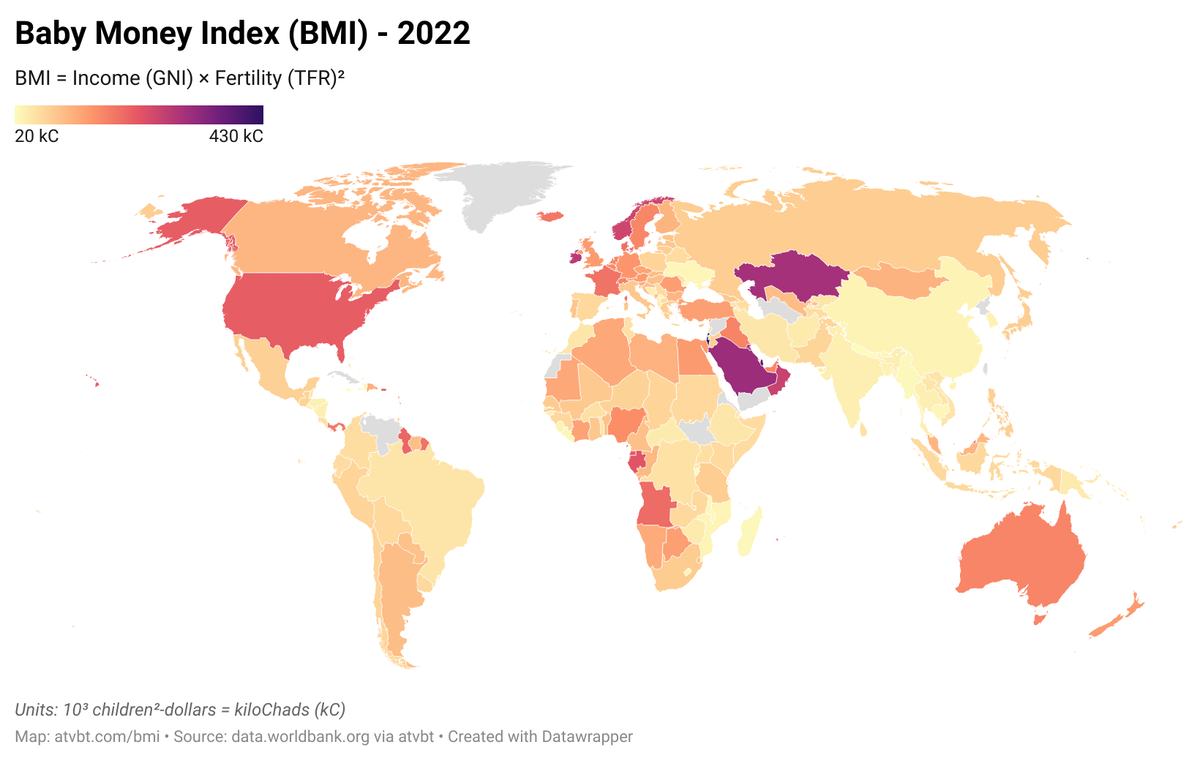Go: When to Say No

A developer, after years of using Go, is switching back to Java. He finds Go lacking in several areas: limited looping options, absence of higher-order functions, cumbersome error handling, overly restrictive coding style leading to verbose and hard-to-maintain code, and an immature package ecosystem. While acknowledging Go's suitability for infrastructure projects, he advises against its use in complex enterprise applications.
Read more














